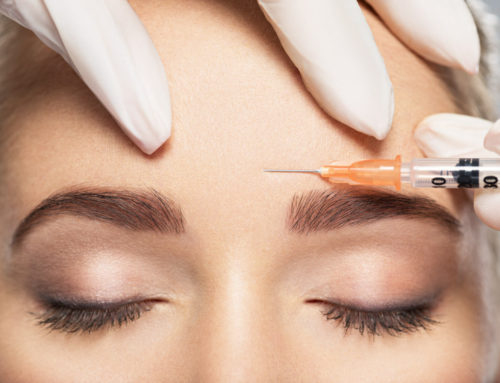
What causes facial paralysis?
As mentioned previously, facial paralysis may be caused by an infection in the facial nerve, stroke, tumor, or Bell’s Palsy. Other causes include:
- Skull fracture or facial injury
- Chronic middle ear infection or other ear damage
- High blood pressure
- Diabetes
- Lyme disease
- Ramsay-Hunt Syndrome
- Other autoimmune diseases
What other symptoms are associated with facial paralysis?
Besides the obvious numb feeling in the face, there are usually other symptoms associated with facial paralysis. They might include:
- Facial pain
- Headaches
- Dizziness
- Impaired speech
- Drooling
- Muscle twitching
- Earaches
- Ringing in ears
- Sensitivity to sound
- Difficulty eating or drinking
- Watery eyes
- Dry eyes and mouth
- Inability to close the eye
If you notice any of these symptoms in conjunction with a numb face, see your doctor immediately for diagnosis and treatment.
How is facial paralysis diagnosed?
Full diagnosis depends largely on you. It’s important to explain each of your symptoms in depth, as well as mention any diseases you’ve been diagnosed with or that run in your family. After you’ve discussed this, your doctor will run a few tests, including asking you to lift your eyebrows, close your eyes, smile, and frown. A few other tests, such as electromyography, imaging scans, and blood tests may be performed to test the nerves and muscles in your cheeks and determine the exact diagnosis.
What kinds of procedures help facial paralysis?
You’ll receive treatment depending on your diagnosis. If you have Bell’s Palsy, you will probably recover without treatment, though, for severe cases, you may be prescribed steroids, antiviral medications, and physical therapy to increase your chances of full recovery.
Other facial paralysis, or severe cases of Bell’s Palsy may require surgery to repair nerve damage or to remove tumors if present. Surgery may also be required to help the eyelid close to prevent eye damage. Some procedures include surgically implanting microscopic weights into the upper eyelid to help it close.
Botox has also proven to be an effective form of treatment, especially if the paralysis includes involuntary muscle movement.
It’s very important to receive treatment for your paralysis if your eyelid fails to close properly, You are at great risk for severe eye damage. Your doctor may prescribe special eye drops or a clear, plastic moisture chamber to keep the eye damp and protected.
If you experience any of the symptoms associated with facial paralysis, see your facial specialist immediately.





